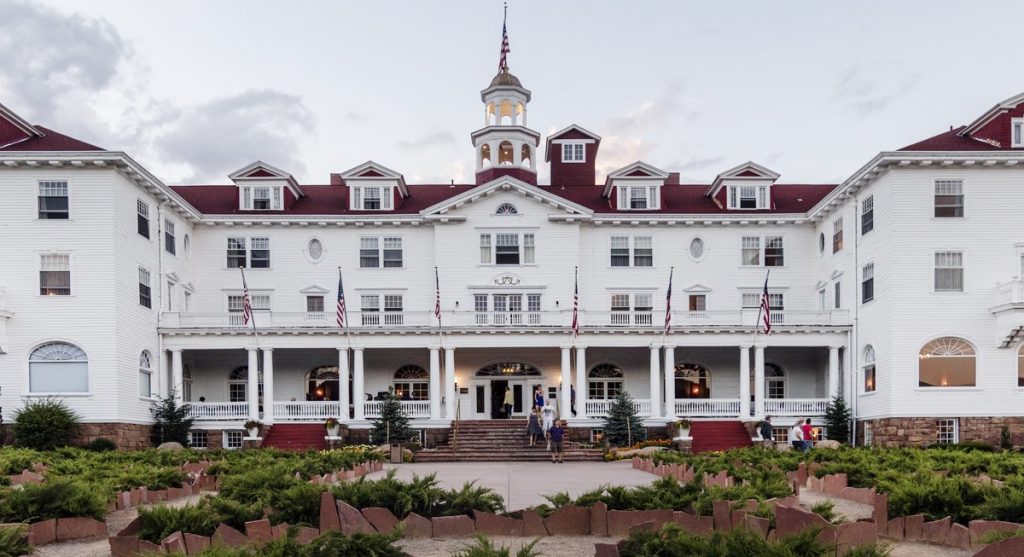Our golden years should be a time of relaxation and reaping the rewards of a long career. But for many Baby Boomers (born between 1946 and 1964), the reality of retirement is far less rosy. A looming crisis is on the horizon, with a significant portion of this generation approaching retirement with little to no savings. So, we’ve looked at the data to explore the reasons behind this alarming trend, and here’s what we discovered:
A Shocking Statistic
Where do we even begin? According to a 2022 survey by the financial services firm Credit Karma, a staggering 43% of 55- to 64-year-olds (prime Boomer territory) have no retirement savings at all. That’s nearly half a generation facing an uncertain financial future.
Empty Accounts, Bleak Prospects
The Federal Reserve Board data paints a similar picture. Their 2022 report revealed that the median retirement savings for all working households sits at a concerning $202,000. This falls far short of what financial experts recommend for a comfortable retirement.
The Great Recession’s Lingering Shadow
The financial crisis of 2008 took a significant toll on many Boomers’ retirement plans. A 2023 study by the National Bureau of Economic Research found that the recession led to a substantial decline in retirement savings and investment portfolios for this generation.
Student Loan Squeeze (It’s Not Just for Millennials!)
Believe it or not, student loan debt isn’t just a Millennial problem. A 2023 report by the AARP revealed that a growing number of Boomers are helping their children or grandchildren with college costs, which can significantly impact their own ability to save for retirement.
Stagnant Wages, Rising Costs
Many Boomers haven’t seen their wages keep pace with the rising cost of living. A 2023 report by the Pew Research Center found that stagnant wages, coupled with inflation concerns, are forcing Boomers to prioritize daily expenses over long-term savings goals.
Healthcare Headaches
Medical expenses are a major concern for retirees. A 2023 report by the Kaiser Family Foundation found that healthcare costs are rising faster than inflation, putting a strain on retirement budgets. This can lead to dipping into savings or delaying retirement altogether.
Early Retirement, Early Regrets
Some Boomers opted for early retirement due to industry shifts or downsizing. A 2023 study by the Society for Human Resource Management found that those who retire earlier often have less time to accumulate savings, leading to potential financial hardship later in life.
The Underestimated Power of Compounding
Starting to save early is crucial. A 2023 study by the Vanguard Group highlights the power of compound interest. Delaying savings even by a few years can significantly impact the total amount accumulated by retirement.
The Gamble of Social Security
Social Security benefits provide a safety net, but they are not designed to be your sole source of income. A 2023 report by the Social Security Administration revealed the average monthly Social Security benefit is around $1,813. This may not be enough to cover all your retirement expenses.
The High Cost of Housing
Housing can be a double-edged sword for retirees. While owning a home can provide stability, property taxes, and maintenance costs can eat away at savings. A 2023 report by Freddie Mac found that housing costs are a significant concern for retirees on fixed incomes.
The Two-Income Trap
Many Boomer couples relied on a dual-income household to make ends meet. A 2023 Bureau of Labor Statistics report found that women are still more likely to leave the workforce for childcare, potentially impacting overall household retirement savings.
Underestimating Retirement Needs
Retirement can be expensive! A 2023 report by the Employee Benefit Research Institute found that many people underestimate how much they will need to cover their living expenses in retirement. This can lead to financial strain later in life.
Lack of Financial Planning
Financial planning is key to securing a comfortable retirement. A 2023 study by the Financial Planning Association found that individuals who work with a financial advisor tend to be more confident about their retirement readiness.
The Optimism Bias
Many people tend to be overly optimistic about their future financial situation. A 2023 study by the American Psychological Association found that this “optimism bias” can lead to underestimating retirement expenses and overestimating potential income sources like Social Security. This can create a rude awakening when reality sets in during retirement. Boomers who acknowledge this bias and take a more realistic approach to financial planning will be better positioned to navigate the challenges and opportunities that lie ahead.
The Silver Lining (There’s Always One!)
It’s not all doom and gloom! There are steps Boomers can take to improve their retirement outlook. A 2023 report by the AARP suggests exploring options like downsizing their homes, working part-time in retirement, or delaying their retirement date (if health allows) to accrue additional savings. Additionally, government programs and social services can offer valuable assistance to low-income retirees.



